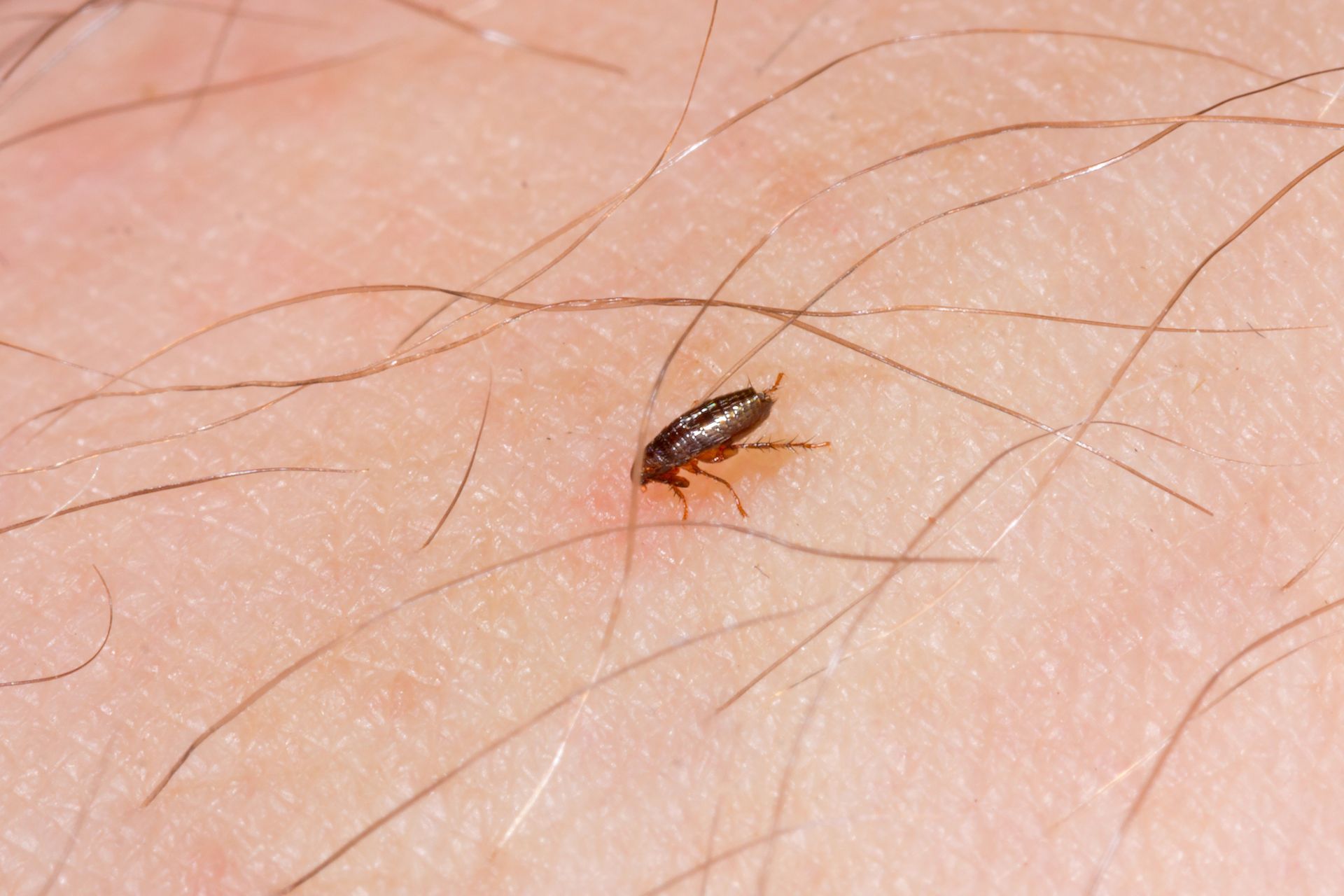Fleas
Siphonaptera
Control, Extermination, & Prevention of Fleas in Home
About Fleas
Flea, the common name for the order Siphonaptera, includes 2,500 species of small flightless insects that live as external parasites of mammals and birds. Fleas live by ingesting the blood of their hosts. Adult fleas grow to about 3 millimetres (1⁄8 inch) long, are usually brown, and have bodies that are “flattened” sideways or narrow, enabling them to move through their hosts’ fur or feathers. They lack wings; their hind legs are extremely well adapted for jumping. Their claws keep them from being dislodged, and their mouthparts are adapted for piercing skin and sucking blood. They can leap 50 times their body length, a feat second only to jumps made by another group of insects, the superfamily of froghoppers. Flea larvae are worm-like, with no limbs; they have chewing mouthparts and feed on organic debris left on their hosts’ skin.
Controlling Fleas
Controlling fleas by regularly vacuuming carpets, furniture, and pet areas, Wash pet bedding and treat pets with flea preventative products. Keep outdoor areas tidy to reduce flea habitats. Consider pest control for flea treatments. Consistent prevention and early intervention are key to effective flea control.
Exterminating Fleas
Professional flea extermination involves a thorough assessment of the infestation. Pest control experts use a combination of safe and tested chemicals, insect growth regulators, and other targeted methods. They may treat both indoor and outdoor areas, including pet resting places. We will develop a customized plan for effective flea elimination. Keep in mind, regular follow-up treatments may be necessary to ensure complete eradication and prevent future infestations.
Flea Prevention
Prevent fleas by maintaining regular pet grooming and using flea prevention products recommended by your veterinarian. Vacuum and clean your home frequently, paying attention to pet resting areas. Wash pet bedding regularly in hot water. Consider consulting a pest control professional for comprehensive prevention strategies tailored to your specific situation. Consistency in preventative measures is crucial for keeping fleas at bay.
Interested in learning about more pests? Pest Spotlight

